10 Best Adventures of 1951
By:
July 15, 2016
Sixty-five years ago, the following 10 adventures — selected from my Best Fifties Adventure list — were first serialized or published in book form. They’re my favorite adventures published that year.
Please let me know if I’ve missed any 1951 adventures that you particularly admire. Enjoy!
- Robert Heinlein’s science-fiction adventure The Puppet Masters. In 2007, slug-like creatures arrive in flying saucers and begin to take over. It seems they can take control of their victims’ nervous systems, and manipulate them like puppets. Government officials don’t believe in any of this nonsense, until the Old Man, head of a top-secret government agency, infiltrates the affected area with his top agents: Sam (the Old Man’s son), and the beautiful Mary… whom, we eventually discover, was puppetized by these creatures when she was a child colonist on Venus. Even as the Old Man directs government efforts to combat the invasion of these body-snatchers, Sam is puppetized by a slug! The government’s counter-attack fails, and it’s up to Sam and Mary to work out a desperate last-ditch anti-slug effort. An exciting Cold War-inflected thriller (it’s been described as a “not-too-thinly veiled metaphor for the eternal vigilance needed to keep the Communist menace in check”) which I discovered, as a teen, via the 1980 Science Fiction Book Club edition. Fun fact: Originally serialized in Galaxy (September, October, November 1951). In 1990, Heinlein’s widow gave permission for the publication of an earlier — longer, and more risqué — version of the manuscript.
- Nevil Shute’s Robinsonade/spiritual adventure Round the Bend. What a strange, wonderful story! During Tom Cutter’s boyhood, he goes to work for a barnstorming flying circus; there, he befriends Constantine “Connie” Shaklin, a half-Chinese and half-Russian British boy who takes days off to visit houses of worship — he is interested in all religions. During WWII, Cutter services airplanes in the Middle East; after the war, he develops a charter aviation service in Bahrein. The rapidly developing oil industry uses his service to link operations between the Persian Gulf, Indonesia, and Australia, and he prospers; he hires Connie as his chief engineer. Connie’s method of training engineers in the Middle and Far East combines the practical and spiritual — his syncretic spirituality emphasizes the merit of doing good work. Soon, he is regarded as a holy man… and his teachings spread along with Cutter’s business. Adventure-wise, the fun is (as is so often the case with Shute) in Cutter’s entrepreneurialism. Fun fact: Shute considered this his finest novel.
- Hammond Innes’s WWII espionage/Robinsonade adventure Air Bridge. Set in England during the Berlin blockade and airlift of 1948–49 (during which time the British RAF and other aircrews frustrated the Soviet Union’s attempt to gain practical control of that city), the novel’s protagonist, Fraser, is a war hero pilot turned mercenary. On the run from the law, he is taken in by Saeton, who offers him a job helping to build new-specification diesel plane engines. The plan is to demonstrate the efficacy of the engines during the Berlin Airlifts, and then establish a legitimate business manufacturing them. First, however, Fraser must sign up with the Airlift and steal a plane while flying over the Soviet sector. Will he do it… even if it means letting a friend die at the hands of the Russians? Fun fact: Serialized here by HiLobrow.
- John Wyndham’s post-apocalyptic science fiction adventure The Day of the Triffids. When a bright meteor shower (or did orbiting weapons accidentally detonate?) causes a worldwide epidemic of blindness, one of the handful of sighted survivors in England is Bill Masen, a biologist studying triffids – tall, venomous carnivorous plants capable of locomotion and communication. Navigating a London gone haywire, Masen rescues Josella Playton, a wealthy novelist, from a blind man who has forced her to serve as his guide… and the two of them plan to join a colony of the sighted outside London. Instead, they are kidnapped by a group that chains sighted men and women to groups of the blind, and forces them to scavenge for food and supplies. Masen eventually escapes and helps establish a self-sufficient colony in Sussex… which, unfortunately, is menaced not only by hordes of triffids but by a militarized rival colony! Fun fact: Brian Aldiss singled out The Day of the Triffids as an example of what he called a “cosy catastrophe” — that is, a subgenre of apocalyptic fiction in which a handful of survivors enjoy a relatively comfortable existence.
- Desmond Cory’s Johnny Fedora crime/espionage adventure Secret Ministry (a.k.a The Nazi Assassins). In the first of sixteen outings, Johnny Fedora — recruited as an agent by Britain’s Secret Ministry, because of his wartime activities in the anti-Nazi underground — seeks the answer to a series of mysterious accidents involving R.A.F. pilots. Along the way, he stumbles upon a drug smuggling operation run by secret German agents — in order to wreak havoc on Britain. Much of the action centers around the Three of Clubs, a gambling den perched atop the Downs overlooking Brighton, where Johnny meets shady managers, barmen, cloakroom attendants, and singers, any one of whom could be a Nazi. The writing is more reminiscent of Leslie Charteris or Dorothy Sayers than Ian Fleming… Fedora is something of a wit, commenting on the proceedings from a meta-narrative perspective. Not to worry, though, there’s also plenty of violent action. Fun fact: Here’s an example of the rare first-time-as-farce-second-time-as-tragedy consideration. James Bond, who made his debut two years later, is a serious Fedora.
- Howard Fast’s historical adventure Spartacus. Narrated by members of Rome’s ruling hierarchy, who depict the Greek gladiator Spartacus as a symbol of the eternal struggle against an unjust social order, the tales collected here recount the slave revolt led by Spartacus around 71 BCE. This is not a novel, exactly, and Spartacus is not quite the book’s protagonist; Fast is concerned to show how an oppressed population can develop class consciousness, organize, and rise up against its exploiters. If the book isn’t as thrilling as the movie, it’s because Fast’s emphasis is less on a heroic figure than on Spartacus’s dreams of a society where exploitation and cruelty have been eliminated. It’s still an exciting tale, for the most part… and it reverberates with references to America under the threat of McCarthyism. Fun fact: The bestselling book inspired the 1960 film starring Kirk Douglas, Laurence Olivier, and Peter Ustinov. Directed by Stanley Kubrick, the film’s screenplay was written by Dalton Trumbo. Both Fast (who self-published Spartacus) and Trumbo were victims of Hollywood’s blacklist.
- Nicholas Monsarrat’s WWII sea-going adventure The Cruel Sea. In 1939, George Ericson, a Merchant Navy officer, is recalled to the Royal Navy and given command of the Compass Rose, a corvette built to escort convoys. His sub-lieutenants, Lockhart and Ferraby, are inexperienced. Criss-crossing the Atlantic, Ericson’s crew endures foul weather and the constant threat of German U-boats; the tension becomes unbearable. Slowly, the crew is knit into an effective team. Along the way, Lockhart falls in love with a Women’s Royal Naval Service officer. (We learn about the private lives — sometimes sordid — of other characters, too.) Based on the author’s experience of serving in WWII’s Battle of the Atlantic, the novel’s seven chapters cover seven years of fighting. Fun fact: Adapted as a movie in 1953, with a screenplay by Eric Ambler. I read this as a teenager, and remember being devastated when some of the characters were killed.
- Mickey Spillane’s crime adventure One Lonely Night. Private eye Mike Hammer, a WWII vet suffering from what we’d now diagnose as PTSD (and sociopathy), has just been acquitted of murder — it was self-defense, and the guy had it coming. Walking home from the trial, he gets caught up in an assassination attempt… kills the killer… discovers that he’s a Communist Party hitman… and decides to smash New York’s Communist conspiracy. He meets a beautiful heiress, who’s raising money for the Commies to spite her father. Meanwhile, the criminally insane brother of an up-and-coming politician running on an anti-corruption platform needs to be stopped before he kills again. Are the two plots connected? It’s a bit confusing, to be honest. But Spillane is fun to read, because he writes noir at its most grim, twisted, and hopeless. “So I was mad. I was a killer and I was looking forward to killing again. I wanted them all, every one of them from bottom to top… even if I had to go to the Kremlin to do it.” Fun fact: The politician in the novel was inspired by Henry A. Wallace, who left the Democratic Party in 1948 to run unsuccessfully as the nominee of the Progressive Party.
- C.S. Forester’s historical sea-going adventure Lieutenant Hornblower (serialized; as a book, 1952). This yarn is told from the POV of William Bush, Third Lieutenant of the HMS Renown; Hornblower is the Fifth and junior Lieutenant. The ship’s captain, Sawyer, is a paranoid schizophrenic, who fortuitously tumbles head-first into the hold (was he pushed?). The First Lieutenant, Buckland, takes charge, but he fails to capture a Spanish-held anchorage in Haiti — until Hornblower suggests a surprise attack. The Spanish prisoners attempt to capture the ship; once again, Hornblower comes to the rescue. Hornblower is briefly promoted to Commander, but when the Peace of Amiens (1802) is signed, he is demoted… and finds himself in debt. Peace, it turns out, is more difficult for sailors to negotiate than mad captains or Spanish forts. He ekes out a living by playing whist for high stakes, until returning to action in 1803. But a question remains unresolved: What did Hornblower have to do with Sawyer’s accident? Fun fact: This is the second book in the Horatio Hornblower series chronologically, but the seventh by order of publication.
- Geoffrey Household’s espionage adventure A Rough Shoot (aka Shoot First). One evening, salesman and family man Roger Taine is hunting on his “rough shoot” (land he’s leased for this purpose), on England’s southern coast, when he spies a man sneaking around. Taking him for a poacher, he fires some painful but harmless buckshot at his backside… but the man falls onto a spiked device he was setting up, and is impaled. Taine buries the body, then waits for police inquiries… which never come, because the man, for some reason, is never reported missing. What appears to be a crime novels turns into a political thriller when Sandorski, a freelance secret agent from Poland, arrives on the scene. Turns out that the dead man was a neo-Nazi spy, and the spiked device was a homing beacon which other members of his organization (the People’s Union) intend to use when secretly flying into England. The dead man’s comrades want revenge — and hunt Taine across the rooftops of London. Fun fact: Written as a serial upon Household’s return to writing thrillers after World War II, during which time he worked for British Military Intelligence, this is the first of two short adventures, published one after the other, about the same protagonist. It was adapted (by Eric Ambler) in 1953 as a British film starring Joel McCrea and Evelyn Keyes.
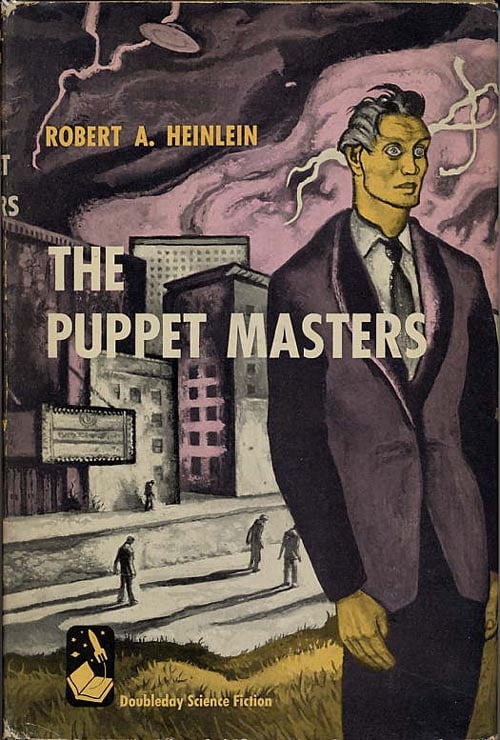
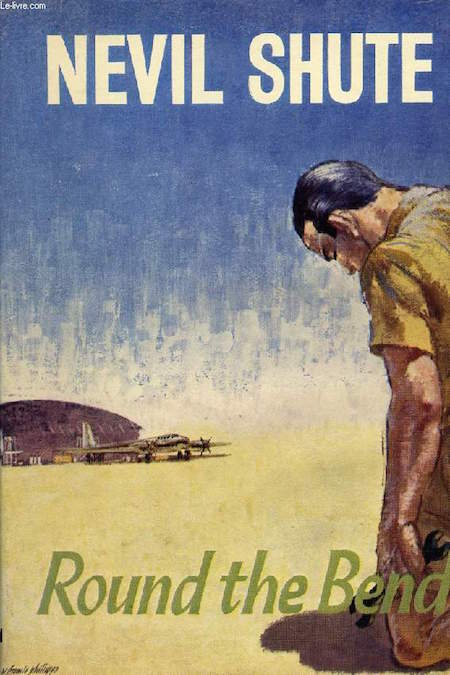
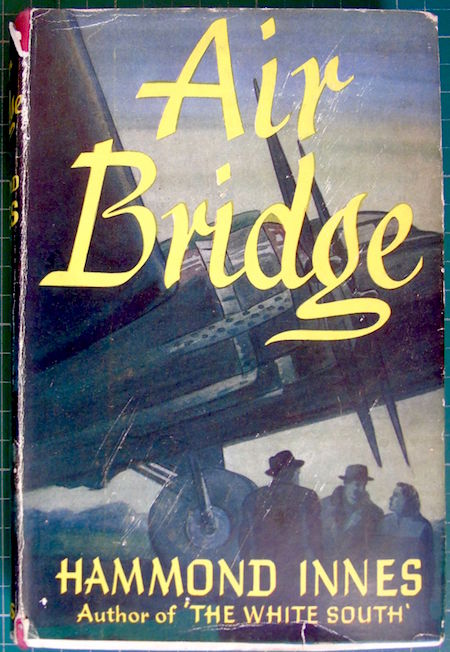
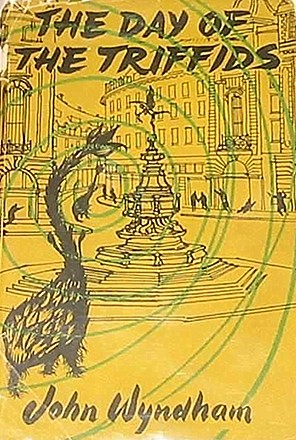
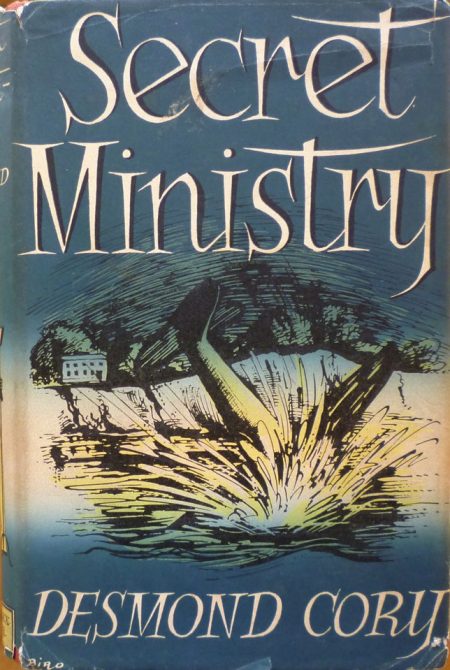
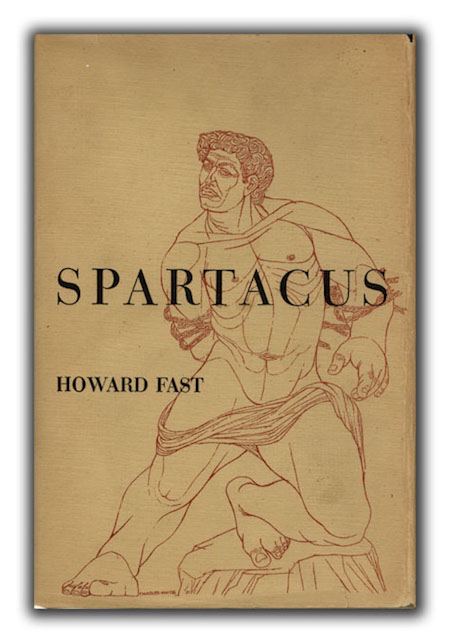
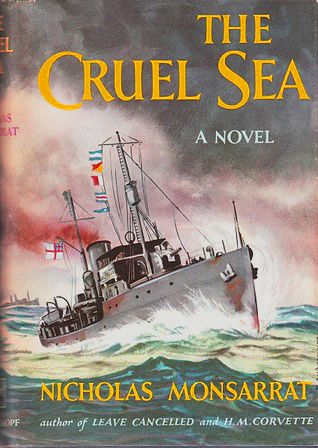
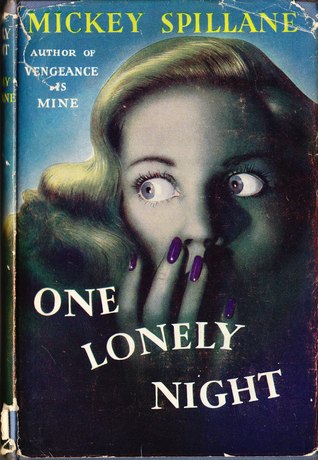
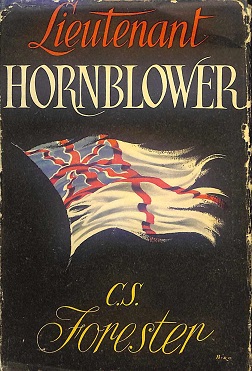
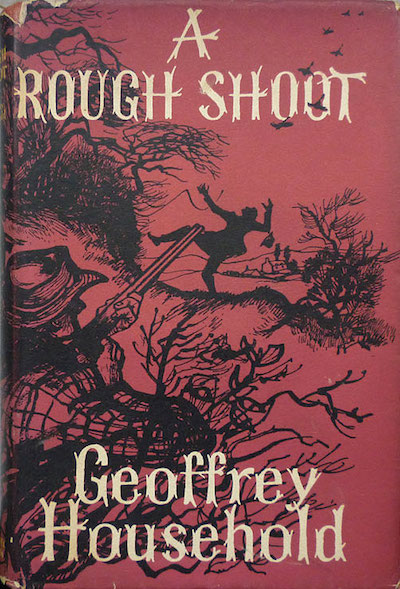
JOSH GLENN’S *BEST ADVENTURES* LISTS: BEST 250 ADVENTURES OF THE 20TH CENTURY | 100 BEST OUGHTS ADVENTURES | 100 BEST RADIUM AGE (PROTO-)SCI-FI ADVENTURES | 100 BEST TEENS ADVENTURES | 100 BEST TWENTIES ADVENTURES | 100 BEST THIRTIES ADVENTURES | 75 BEST GOLDEN AGE SCI-FI ADVENTURES | 100 BEST FORTIES ADVENTURES | 100 BEST FIFTIES ADVENTURES | 100 BEST SIXTIES ADVENTURES | 75 BEST NEW WAVE SCI FI ADVENTURES | 100 BEST SEVENTIES ADVENTURES | 100 BEST EIGHTIES ADVENTURES | 75 BEST DIAMOND AGE SCI-FI ADVENTURES | 100 BEST NINETIES ADVENTURES (in progress) | 1994 | 1995 | 1996 | 1997 | 1998 | 1999 | 2000 | 2001 | 2002 | 2003 | NOTES ON 21st-CENTURY ADVENTURES.
